The truth is that the unearthed prehistoric objects speak to us much more than at first glance, of the relationship between the material and spiritual aspects of the lives of our ancestors. It can be said that until recently all prehistoric investigations were based on the in-depth study of material civilization. The documentary material base will continue to be the same, but in terms of its interpretation, in current and future research, the social and spiritual issues, and above all the religious one, are now in the forefront ... (1)
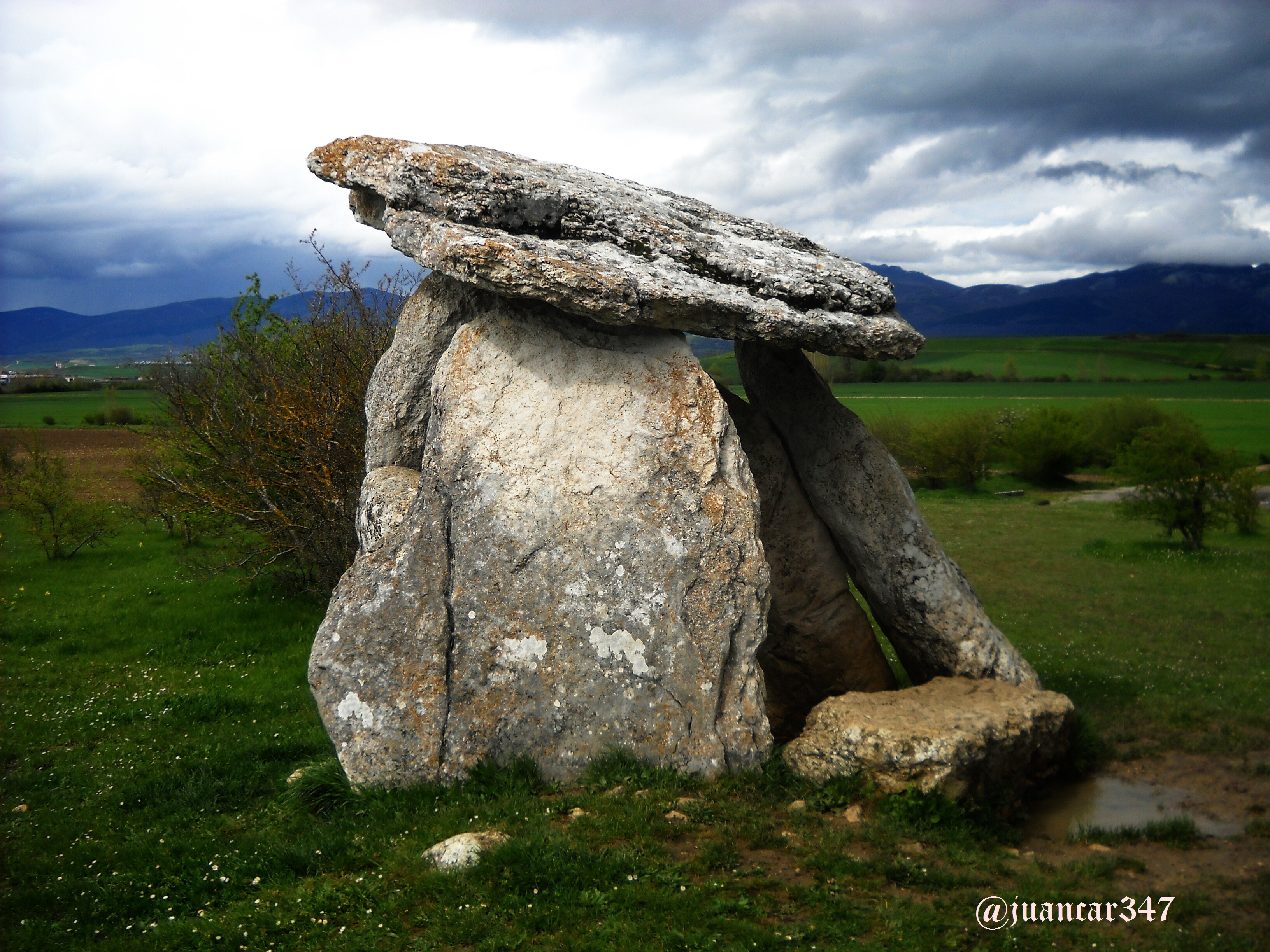
It does not stop being a great Adventure, a true Challenge and at the same time an unfathomable Mystery, trying to penetrate the unknown abysses of that infinitely long night that is History. An adventure, a mystery and a challenge that, even after thousands, millions of years, still remains impenetrable; hidden, perhaps, behind that solid Veil of Isis, stubbornly vetoed by the contemplation of mortals.
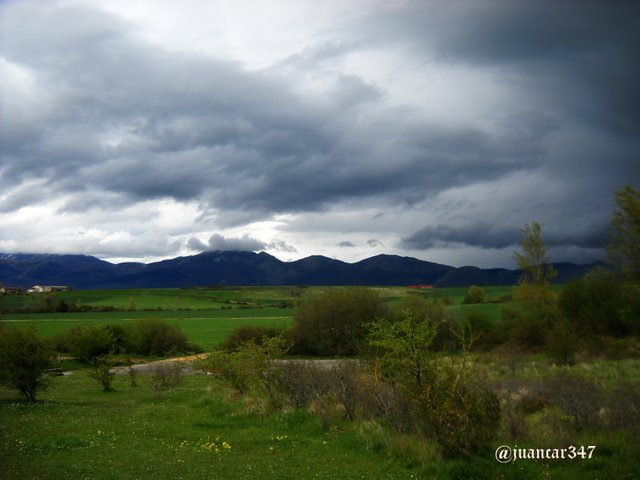
Fifty years have passed since Maringer wrote the work whose review leads the present entry. Fifty years in which, independently of the successive discoveries of what he rightly calls the material base, we have only begun to wonder about the spiritual and religious basis that encouraged these amazing human civilizations that, in our arrogance and ignorance, we have agreed to in denominating as primitives. Reluctantly, of course, when investing a series of considerations maintained as an unbreakable dogmatic pillar, Science has just begun to scratch in this fundamental aspect of the human adventure.
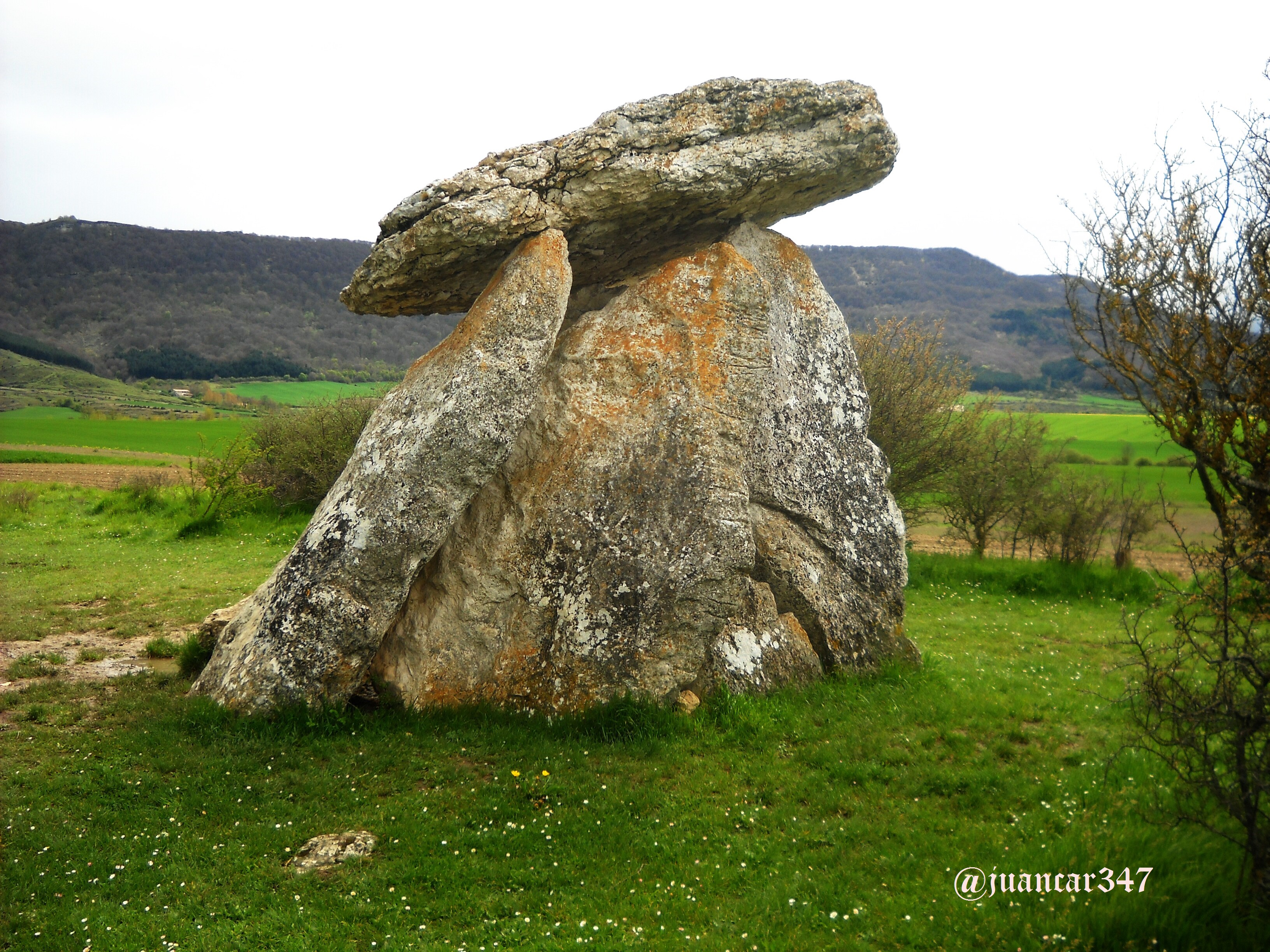
Such a feeling, I had some months ago in the impressive peaks of the Asturian council of Teverga, where the shepherds of the Neolithic left numerous representations, essentially schematic, in the shelters of the mountains that surround the municipal area of Fresnedo. Interestingly, most of these representations, for lack of a better explanation, are considered idols. But are they really? Or, on the contrary, do they represent something deeper, more technical and sensitive, that we have still been unable to understand and decipher?.
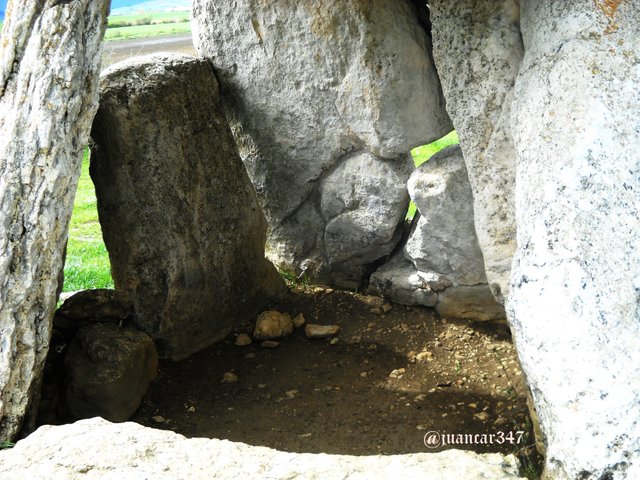
Possibly, these mysterious ancestors who erected these megalithic complexes of Aitzkomendi and Arrizala - like so many others, distributed by Euskadi and Navarra - were also the same ones who left their mark in many places of the Cantabrian Cornice, and even enigmas practically impossible to investigate today in day. One of such enigmas, refers to the dolmen of Campos, in which researchers like Fernández and Menéndez de Luarca (2), affirmed - back in the 18th-19th centuries, when archeology was little less than a fad between the noble classes and well-off-having discovered a Basque inscription that said, literally, JAINKUA. The term JAINKUA, according to T. Echevarria (3), would be a variant of JAUNGOIKUA; that is, of GOD. But, since the root JAUN also means Lord, it is possible to ask ourselves, if there were already other 'apostolates' distributed throughout the world, before the arrival of Christianity and with it, of an authentic enemy of the megalithic monuments and of the previous cults, such as San Martín Dumiense.
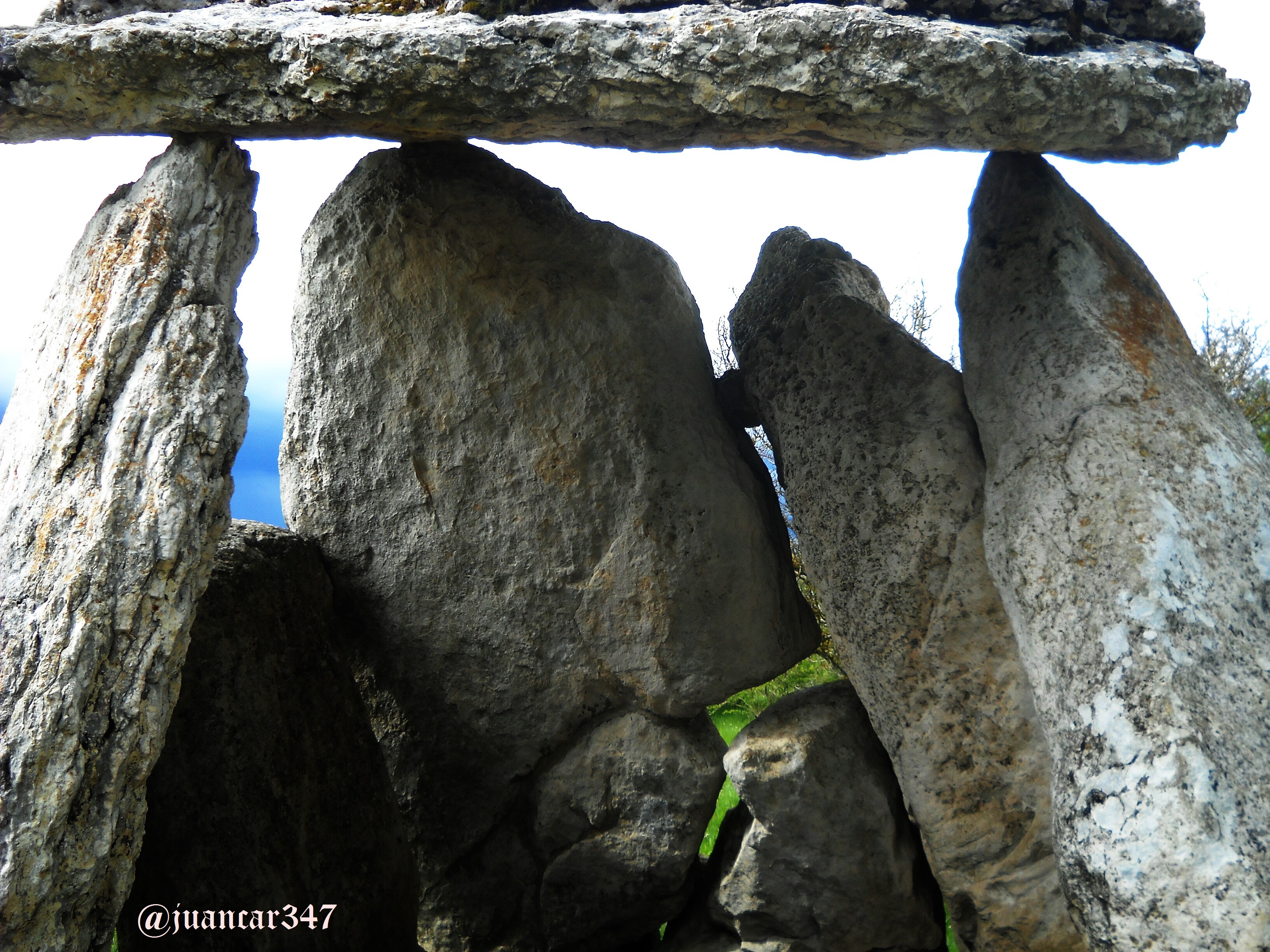
Logically, all this is highly hypothetical. There is no trace of the inscription, and if it is left, we would still have to face another singular problem, such as determining not who, but when it was done. What does seem evident, is that both in the Asturian dolmen of Campos, as in these Alava of Aitzkomendi and Arrizala, the people continued to celebrate their rites, at least, until the time when the Dominicans, not in vain called the dogs of God, applied the stake and fire to so many stray sheep, to the point that these places were considered as demonolatry and those who participated in such rites -generally of fertility- were burned at the bonfires, accused of witchcraft .
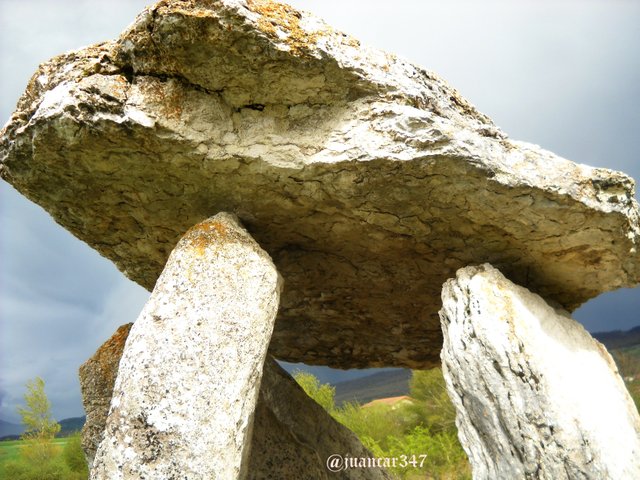
Cyclopean constructions that seem to be oriented astronomically, prehistoric settlements located on "lines of force" that link some enclaves with others, anthropomorphic effigies, stone circles with magical purposes, hypogea and cameras with acoustic properties ... said Xavier Musquera (4), A great writer and researcher of the Mystery Spain. And indeed, because, starting from the location of these dolmens from Alava, which seem oriented towards the mysterious magic that emerges from the nearby hills of Urbasa - the home of the jentillak giants - the route has no waste and many surprises to show, not only the curious one who decides to undertake one day, but also the pilgrim who crosses this part of the Alava plains to reach the Navarrese border and reach such an emblematic population of the Way of the Stars, as it is, and never better said, Estella.
A route that passes through Okariz - an Oca place, unequivocal reference to the mysterious canterile brotherhoods that populated the Medieval period of enigmas and wonders - and the interesting Romanesque remains of its church of the Assumption; by Contrasta and its pre-Romanesque church of Nª Sª de Elizmendi and by Ullibarri-Arana and its, unfortunately, very remodeled hermitage of Andra Mari, also known as Nª Sª de Bengolarea or Benguraldea. Andra Mari, who, in the words of Andrés Ortiz-Osés (5), is considered by Christianity as a fallen saint, evil angel, witch and principal devil. Although, my words, you want to see in it, a pious association with the Mother of God.
I believe, and so I explain, that to approach the Romanesque of the province and enjoy it in all its breadth, we must first approach the ancient cults that proliferated in the region and from there, let ourselves be carried away by the warm hand of intuition. And with this intuition, and despite the evangelization to which the territory was subjected, we will see that even today, the most prominent figures of their ancestral spiritual concepts are very present in the mind and Basque mind: Andra Mari, the jentillak, the baxajaun or lords of the forests.
And I also believe that when we look at these megalithic monuments, we should do so with a mind willing to accept that they were something more than a pile of stones placed to shade the bones of a deceased person. That they were, in short, authentic temples of a remote age, in which, despite those questions that historians prefer not to do, there was a civilization - the Mother civilization, to which Xavier Musquera alluded - that developed a high degree of technique and spirituality.
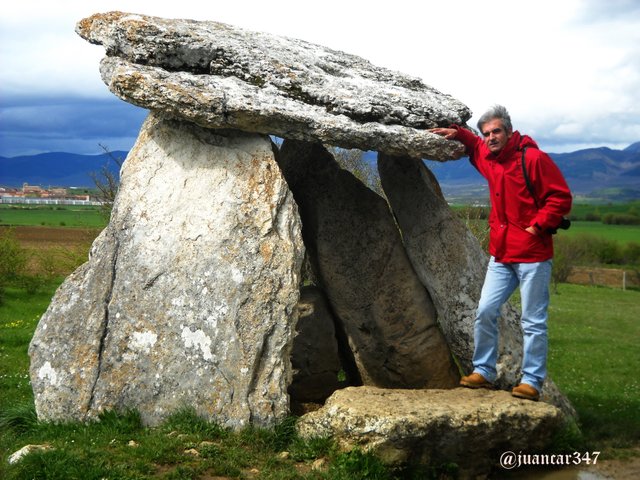
Bibliography:
(1) Johannes Maringer: 'The Gods of Prehistory', Ediciones Destino, 1st edition, November 1962, page 39.
(2) Félix de Aramburu y Zuloaga, 'Monograph of Asturias', Asturian Historical Library, Silverio Cañada Editor, 1st edition, August 1999, page 54.
Related movie:
NOTICE: originally published in my blog ROMÁNICA, ENIGMAS DEL ROMÁNICO ESPAÑOL, although many of the photographs shown here are unpublished. Both the text, photographs, and video (except music, reproduced under a YouTube license) are my exclusive intellectual property. The original entry can be found at the following link: http // juancar347-romanica.blogspot.com / 2012 / templos-prehistoricos-alaveses.html

design by: @txatxy / @talentclub
Considero que en el futuro irán apareciendo nuevas explicaciones más allá de las astronómica, religiosas o fúnebres. Creo que debe haber algo más que esas civilizaciones conocían, que justificaran los esfuerzos para construir tantos monumentos alrededor del mundo, o también las explicaciones conocidas hasta ahora son en realidad mucho más importantes de lo que creemos, Cordial saludo
Downvoting a post can decrease pending rewards and make it less visible. Common reasons:
Submit
Creo, estimado amigo, que esas explicaciones las tenemos ante los ojos. Ocurre que los historiadores prefieren mirar para otro lado antes de tener que desechar sus libros por obsoletos y reconocer que hubo civilizaciones prácticamente desconocidas, pero muy inteligentes que nos precedieron y nos dejaron un legado, al que nos asusta mirar como lo que realmente es: una maravilla. Un abrazo
Downvoting a post can decrease pending rewards and make it less visible. Common reasons:
Submit
Congratulations, Your Post Has Been Added To The Steemit Worldmap!
Author link: http://steemitworldmap.com?author=juancar347
Post link: http://steemitworldmap.com?post=alava-prehistoric-legends-and-temples
Want to have your post on the map too?
Downvoting a post can decrease pending rewards and make it less visible. Common reasons:
Submit
Thanks
Downvoting a post can decrease pending rewards and make it less visible. Common reasons:
Submit